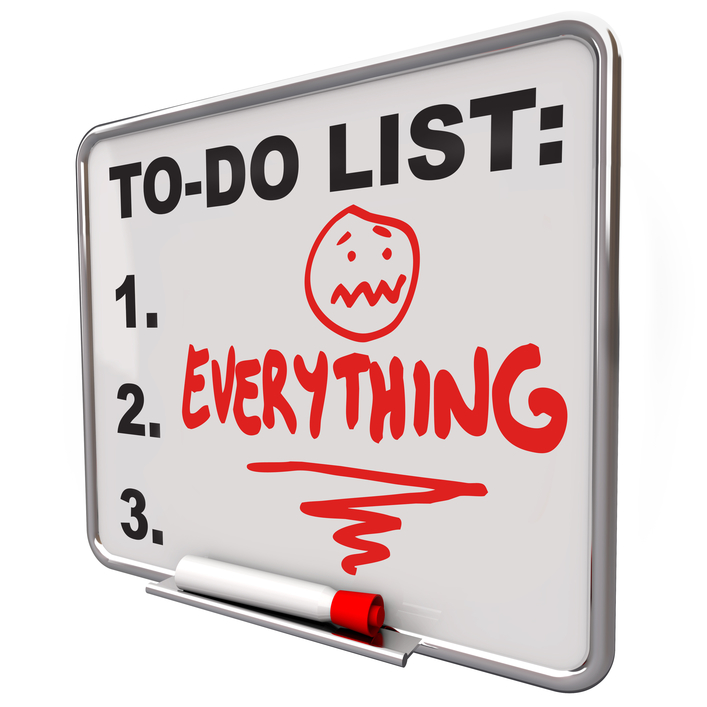 Caregivers are brilliant problem-solvers. These are the people running around playing an extreme, real-life version of Whack-a-Mole with problems and situations coming from all directions. And the caregivers are usually winning! They can prioritize, solve problems (usually in a creative way), stay calm and collected and then be prepared for more.
Caregivers are brilliant problem-solvers. These are the people running around playing an extreme, real-life version of Whack-a-Mole with problems and situations coming from all directions. And the caregivers are usually winning! They can prioritize, solve problems (usually in a creative way), stay calm and collected and then be prepared for more.
Working caregivers are pulling double-duty: solving problems at home and at work so prioritizing is especially important. After all, caregivers want to win that Whack-a-Mole game!
How do working caregivers effectively prioritize when pulled in so many directions?
- Competing Emergencies. Caregivers can find themselves in quite a dilemma when emergencies arise both at home and at work. Obviously, any emergency involving the care and well-being of the caree is top priority. But what about that work emergency? Take care of the situation with the caree (calling 911, getting to the ER, or staying home because the caree is ill) and then devote attention to the work situation. Is there a manager to call who can handle your responsibilities for the day? Is there a co-worker who can help? Is there someone who can take turns with you in the Emergency Room?
- Conflicting Appointments and Meetings. Working caregivers juggle appointments along with their regular work schedule. When a caree has complex medical issues there can be appointments with specialists, exams, tests, regular blood draws, dialysis and prescription refills to just name a few. As an employee, there can be meetings, looming project deadlines or shifts that cannot be changed. If possible, group the appointments together so several appointments are done in one day. This may mean missing a day of work but that may be preferable to several days of late arrivals or the need to leave early.
- Enlisting Help. This may be difficult for caregivers to do but is an option for some. As the primary caregiver, it is important to attend all the “major” appointments but it is also important to balance the needs of the job. Enlist the help of a friend or relative to take the caree to the regular blood draws and other “non-urgent” appointments. Maybe a sibling can take the caree to the MRI but the primary caregiver then attends the appointment in which the results of that MRI are discussed.
- Using Technology. With technology today it is easy to stay in touch with work. Perhaps managing a work situation from the ER (via email or phone) is an option. Working remotely when the caree is sick may be a solution that is viable (this might be something the caregiver has already arranged with the employer). Being creative is important.
- Plan Ahead. Caregivers all have “prepared” as their middle-name. Conflicting priorities are a given for the working caregiver and the more prepared one is, the easier it will be to resolve competing priorities. The caregiver has most likely already notified their employer about their caregiving situation and, in a perfect world, the employer is willing to work with the caregiver. Planning for the inevitable competing priority will help keep the caregiver calm and able to manage all situations which “pop up.”
There are other ways to win that Whack-a-Mole game but, of course, caregivers also need to remember to care for themselves. Solving problems doesn’t just apply to the employer and the caree.
Most importantly, caregiving isn’t really about winning – it’s about balance, care and compassion. For the caree, the employer and for the caregiver. Effectively prioritizing can help the caregiver achieve that balance and maintain the level of care and compassion they expect from themselves and for themselves.
LEARN TO LOVE YOUR LIFE AGAIN
 Do you feel like you need to hit the REFRESH button on your life? Download our free guide and begin to create your best life yet!
Do you feel like you need to hit the REFRESH button on your life? Download our free guide and begin to create your best life yet!



Trackbacks/Pingbacks